Home>Renovation & DIY>Home Renovation Guides>How To Insulate A Crawl Space Door
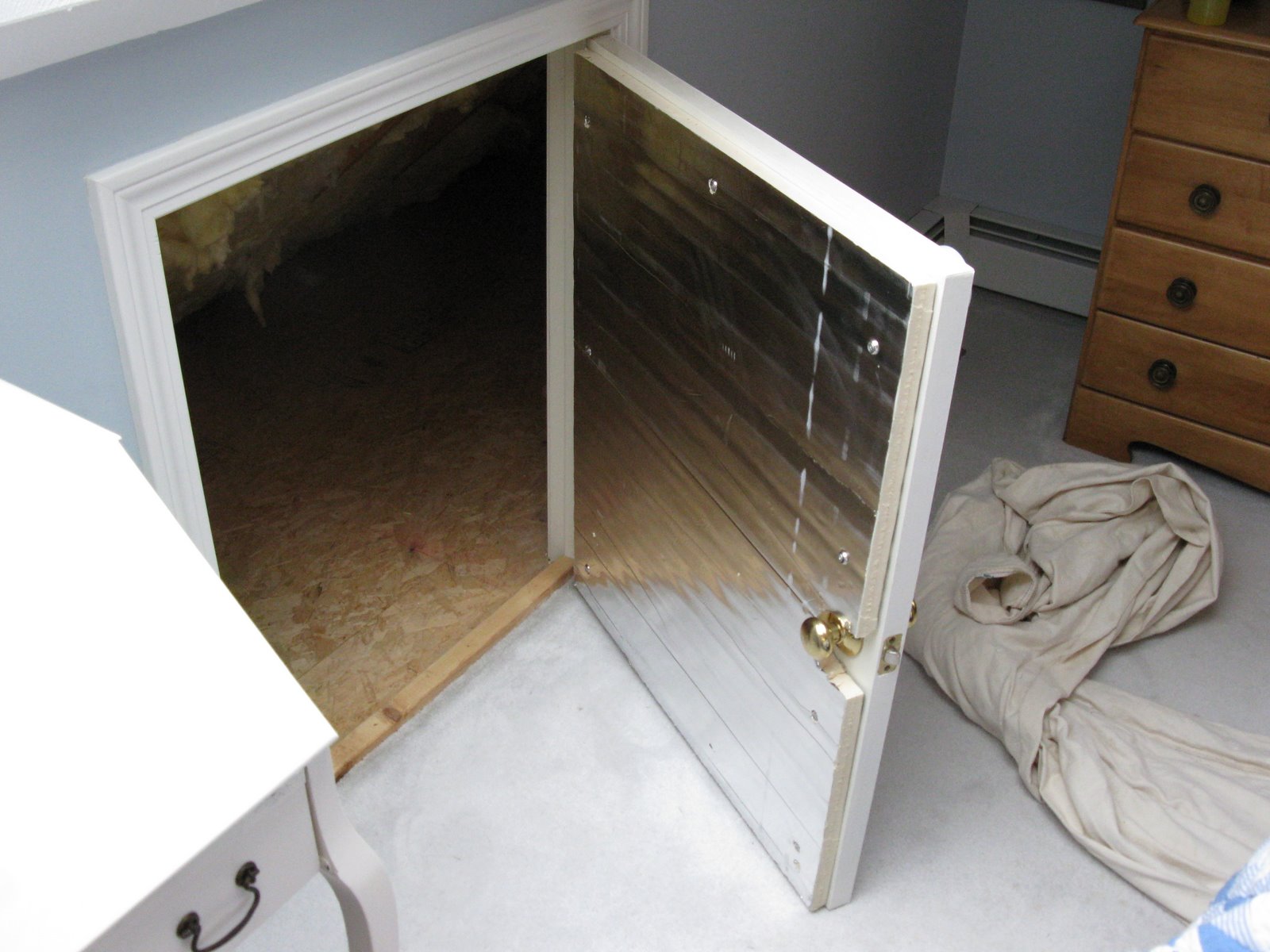

Home Renovation Guides
How To Insulate A Crawl Space Door
Modified: February 18, 2024
Learn how to properly insulate a crawl space door with our comprehensive home renovation guide. Improve energy efficiency and protect your home today!
(Many of the links in this article redirect to a specific reviewed product. Your purchase of these products through affiliate links helps to generate commission for Storables.com, at no extra cost. Learn more)
Introduction
Insulating a crawl space door is a crucial step in maintaining the energy efficiency and comfort of your home. The crawl space is often an overlooked area when it comes to insulation, yet it plays a significant role in preventing heat loss, reducing energy bills, and protecting your home from moisture and pests. By insulating the crawl space door, you can create a barrier against external elements, ensuring that your home remains cozy and well-protected throughout the year.
A well-insulated crawl space door also contributes to the overall insulation of your home, helping to maintain a consistent indoor temperature and reducing the workload on your heating and cooling systems. This can lead to substantial energy savings and a more sustainable living environment. Additionally, proper insulation can prevent moisture buildup in the crawl space, which is essential for safeguarding the structural integrity of your home and preventing mold and mildew growth.
In this comprehensive guide, we will walk you through the step-by-step process of insulating a crawl space door. From measuring the door and selecting the right insulation material to installing weather stripping and sealing any gaps, you will learn the essential techniques to effectively insulate this often-neglected area of your home. By following these instructions, you can enhance the energy efficiency of your home, improve indoor comfort, and contribute to a healthier living environment for you and your family. Let's dive into the details of how to insulate a crawl space door and reap the benefits of a well-insulated home.
Key Takeaways:
- Insulating a crawl space door helps keep your home cozy, saves energy, and protects it from moisture and pests. It’s like giving your home a warm, protective hug!
- By measuring, choosing the right insulation, and sealing gaps, you can make your home more energy-efficient and create a healthier living environment. It’s like giving your home a superhero shield against energy waste and unwanted guests!
Read more: How To Insulate The Floor In A Crawl Space
Step 1: Measure the Door
Before embarking on the insulation process, it's crucial to accurately measure the dimensions of the crawl space door. This step ensures that you acquire the right amount of insulation material and tailor the installation to fit the door precisely. Here's a detailed guide on how to measure the door effectively:
-
Gather the Necessary Tools: Begin by gathering the tools required for the measurement, including a tape measure, pencil, and notepad. Having these tools on hand will streamline the process and enable you to record the measurements accurately.
-
Measure the Width and Height: Start by measuring the width and height of the crawl space door. Use the tape measure to determine the exact width from one side to the other, ensuring that the measurement accounts for any protruding door frames or obstructions. Next, measure the height of the door from the top to the bottom, capturing the full length accurately.
-
Check for Irregularities: While measuring the door, be attentive to any irregularities or variations in the dimensions. Some doors may have non-standard shapes or uneven surfaces, so it's essential to note any deviations from a standard rectangular or square shape.
-
Record the Measurements: As you obtain the width and height measurements, record them on a notepad or electronic device for easy reference. It's advisable to double-check the measurements to confirm their accuracy before proceeding to the next step.
-
Consider Insulation Thickness: Additionally, take into account the thickness of the insulation material you plan to use. If you have already selected the insulation type, factor in its thickness when determining the dimensions of the door. This ensures that the insulation will fit snugly without impeding the door's functionality.
By meticulously measuring the crawl space door, you lay the groundwork for a successful insulation project. Accurate measurements enable you to procure the right amount of insulation material and customize the installation to suit the door's specific dimensions. With this crucial step completed, you are ready to proceed to the next phase of insulating the crawl space door effectively.
Step 2: Choose Insulation Material
Selecting the appropriate insulation material is a pivotal decision that significantly influences the effectiveness and longevity of the crawl space door insulation. When choosing insulation, it's essential to consider factors such as R-value, moisture resistance, durability, and ease of installation. Here are the key considerations to guide you in choosing the right insulation material for your crawl space door:
1. R-Value:
The R-value of insulation indicates its thermal resistance, representing its ability to impede heat flow. For crawl space door insulation, opt for materials with a high R-value to effectively minimize heat transfer between the interior and exterior of your home. Common insulation materials suitable for crawl space doors include rigid foam boards, spray foam, and fiberglass batts, each offering varying R-values to accommodate different climate conditions and energy efficiency requirements.
2. Moisture Resistance:
Given the susceptibility of crawl spaces to moisture and humidity, it's crucial to select insulation materials that exhibit excellent moisture resistance. Moisture-resistant insulation helps prevent mold growth, wood rot, and structural damage, ensuring the long-term integrity of the crawl space door and surrounding areas. Closed-cell spray foam insulation and rigid foam boards are renowned for their moisture-resistant properties, making them ideal choices for insulating crawl space doors in damp environments.
Read more: How To Insulate PEX Pipes In A Crawl Space
3. Durability:
The durability of the chosen insulation material is paramount, especially in the context of a crawl space door that may be exposed to varying environmental conditions. Durable insulation materials can withstand potential impacts, temperature fluctuations, and moisture exposure without compromising their structural integrity. Consider materials such as closed-cell spray foam and rigid foam boards, known for their robustness and ability to maintain insulation effectiveness over time.
4. Ease of Installation:
Opting for insulation materials that are easy to install can streamline the insulation process and minimize the need for complex techniques or specialized tools. Fiberglass batts and rigid foam boards are relatively straightforward to install, making them suitable choices for DIY enthusiasts seeking a manageable insulation project. Conversely, closed-cell spray foam insulation may require professional application due to its specialized installation requirements.
By carefully evaluating these factors and understanding the unique properties of different insulation materials, you can make an informed decision when selecting the most suitable option for insulating your crawl space door. Prioritizing insulation materials that offer high R-values, superior moisture resistance, durability, and ease of installation will contribute to the effectiveness and longevity of the insulation, ensuring optimal energy efficiency and protection for your home.
Step 3: Install Weather Stripping
Installing weather stripping is a critical component of effectively insulating a crawl space door. Weather stripping serves as a barrier against external elements such as drafts, moisture, and pests, enhancing the overall insulation and protection of the crawl space. By creating a tight seal around the door, weather stripping prevents air leakage and maintains a consistent indoor temperature, contributing to energy efficiency and comfort within the home.
Here's a detailed guide on how to install weather stripping on a crawl space door:
-
Prepare the Door Surface: Begin by thoroughly cleaning the edges of the crawl space door where the weather stripping will be installed. Remove any existing debris, dirt, or old weather stripping to ensure a clean and smooth surface for the new weather stripping to adhere to effectively.
-
Select the Weather Stripping Type: There are various types of weather stripping available, including adhesive-backed foam, V-seal weather stripping, and felt weather stripping. Choose a weather stripping type that is suitable for the specific dimensions and material of your crawl space door, ensuring a snug fit and optimal sealing capabilities.
-
Measure and Cut the Weather Stripping: Using a tape measure, carefully measure the length of each side of the door frame where the weather stripping will be applied. It's essential to measure accurately to avoid gaps or overlaps in the weather stripping. Once measured, use scissors or a utility knife to cut the weather stripping to the precise lengths required for each side of the door.
-
Apply the Weather Stripping: Starting with the top edge of the door frame, peel off the backing of the adhesive on the weather stripping and carefully press it onto the door frame, ensuring a firm and uniform attachment. Proceed to apply the weather stripping along the remaining sides of the door frame, pressing it securely to create a tight seal.
-
Test the Seal: After installing the weather stripping, perform a thorough inspection to ensure that it forms a continuous and airtight seal around the crawl space door. Close the door and check for any gaps or areas where the weather stripping may not be fully adhered. Make any necessary adjustments to guarantee a seamless and effective seal.
By meticulously installing weather stripping on the crawl space door, you fortify the insulation and protection of the crawl space, minimizing air infiltration and bolstering energy efficiency. This essential step contributes to a well-insulated and secure crawl space, safeguarding your home against external elements and promoting a comfortable indoor environment.
Step 4: Attach Insulation to the Door
Attaching insulation to the crawl space door is a pivotal step in fortifying the thermal barrier and enhancing the energy efficiency of your home. Properly installed insulation helps regulate indoor temperatures, minimize heat loss, and create a more comfortable living environment. Here's a comprehensive guide on how to effectively attach insulation to the crawl space door:
Read more: How To Build A Crawl Space Door
1. Select the Insulation Type:
Before attaching insulation to the door, it's essential to choose the appropriate insulation type based on the specific requirements of your crawl space. Common options include rigid foam boards, fiberglass batts, and spray foam insulation. Consider the R-value, moisture resistance, and ease of installation when selecting the most suitable insulation material for your crawl space door.
2. Cut Insulation Panels to Size:
Using the measurements obtained during the initial step, carefully cut the insulation panels to fit the dimensions of the crawl space door. Precision is crucial to ensure a snug and effective fit that covers the entire door surface without leaving gaps or exposed areas. Use a sharp utility knife or insulation cutting tool to achieve clean and accurate cuts.
3. Apply Adhesive or Fasteners:
Depending on the insulation material chosen, apply an appropriate adhesive or fasteners to secure the insulation panels to the door. For rigid foam boards, adhesive designed for insulation applications can be used to firmly attach the panels to the door surface. Alternatively, specialized fasteners may be employed to secure fiberglass batts or other insulation types in place.
4. Ensure Uniform Coverage:
As you attach the insulation panels to the door, ensure that they provide uniform coverage without any gaps or overlaps. Press the panels firmly against the door surface to create a consistent thermal barrier that effectively impedes heat transfer and enhances energy efficiency. Pay attention to the edges and corners to guarantee a seamless installation.
Read more: How To Install Insulation In A Crawl Space
5. Seal Joints and Gaps:
After attaching the insulation panels, inspect the joints and edges for any gaps or exposed areas. Seal any potential air leaks or openings with appropriate insulation sealant or tape to reinforce the integrity of the insulation. This step is crucial in preventing heat loss and maintaining a well-insulated crawl space door.
By meticulously following these steps, you can effectively attach insulation to the crawl space door, bolstering its thermal performance and contributing to a more energy-efficient home. This essential process enhances indoor comfort, minimizes energy consumption, and reinforces the overall insulation of your home, ensuring a well-protected and sustainable living environment.
Step 5: Seal Any Gaps
Sealing any gaps around the crawl space door is a crucial final step in the insulation process, ensuring that the thermal barrier remains intact and effectively prevents air infiltration. Gaps and openings in the insulation can compromise its efficiency, allowing heat transfer and air leakage that undermine the insulation's effectiveness. By meticulously sealing any gaps, you can fortify the insulation, enhance energy efficiency, and maintain a comfortable indoor environment.
Here's a detailed guide on how to effectively seal any gaps around the crawl space door:
-
Inspect for Gaps and Openings: Begin by conducting a thorough inspection of the insulation and the surrounding areas of the crawl space door. Look for any gaps, cracks, or openings that may have been left during the insulation installation process. Pay close attention to the edges, corners, and joints where gaps are most likely to occur.
-
Use Insulation Sealant or Tape: Once gaps are identified, utilize insulation sealant or tape specifically designed for sealing air leaks and gaps in insulation. Insulation sealants are formulated to adhere to various surfaces and provide a durable, airtight seal, while insulation tape offers a convenient solution for sealing small gaps and joints.
-
Apply Sealant to Gaps and Cracks: With the appropriate insulation sealant in hand, carefully apply it to the identified gaps and cracks around the crawl space door. Ensure that the sealant is evenly distributed and effectively fills the openings, creating a seamless barrier against air infiltration and heat loss.
-
Address Larger Gaps with Foam Insulation: For larger gaps or voids, consider using expanding foam insulation to fill the spaces effectively. Expanding foam insulation expands upon application, filling gaps and irregularities to create a robust seal. Exercise caution to apply the foam insulation carefully, avoiding overfilling that may exert pressure on the door or surrounding structures.
-
Verify the Integrity of the Seal: After applying the sealant and/or foam insulation, verify the integrity of the seal by conducting a thorough visual inspection. Ensure that all gaps and openings have been effectively sealed, leaving no areas vulnerable to air infiltration or heat transfer.
By meticulously sealing any gaps around the crawl space door, you fortify the insulation's effectiveness, minimize energy loss, and maintain a consistent indoor temperature. This final step ensures that the insulation performs optimally, contributing to enhanced energy efficiency, reduced heating and cooling costs, and a more comfortable living environment.
Conclusion
In conclusion, insulating a crawl space door is a fundamental aspect of maintaining a well-protected, energy-efficient home. By following the comprehensive steps outlined in this guide, you can effectively enhance the insulation of your crawl space door, contributing to improved energy efficiency, indoor comfort, and long-term sustainability.
Proper insulation of the crawl space door serves as a vital barrier against external elements, including temperature differentials, moisture, and pests. This insulation not only helps regulate indoor temperatures but also safeguards the structural integrity of your home by preventing moisture buildup and potential damage.
By meticulously measuring the door, selecting the appropriate insulation material, installing weather stripping, attaching insulation to the door, and sealing any gaps, you create a robust thermal barrier that minimizes heat loss and air infiltration. This, in turn, leads to reduced energy consumption, lower utility bills, and a more comfortable living environment for you and your family.
Furthermore, the insulation of the crawl space door contributes to the overall energy efficiency of your home, complementing the insulation in other areas and reducing the workload on heating and cooling systems. This can result in significant long-term savings and a reduced environmental impact, aligning with sustainable living practices.
In addition to the tangible benefits, a well-insulated crawl space door promotes a healthier indoor environment by mitigating the risk of mold and mildew growth, which can thrive in damp, uninsulated spaces. By creating a moisture-resistant barrier and sealing any potential entry points for pests, you contribute to a cleaner, safer living environment for your household.
Ultimately, insulating the crawl space door is a proactive investment in the energy efficiency, comfort, and longevity of your home. By implementing the techniques outlined in this guide, you can enjoy the rewards of a well-insulated living space, reduced energy costs, and a more sustainable lifestyle. Embracing these insulation practices not only enhances the quality of your home but also aligns with the broader goal of promoting environmental responsibility and energy conservation.
Frequently Asked Questions about How To Insulate A Crawl Space Door
Was this page helpful?
At Storables.com, we guarantee accurate and reliable information. Our content, validated by Expert Board Contributors, is crafted following stringent Editorial Policies. We're committed to providing you with well-researched, expert-backed insights for all your informational needs.
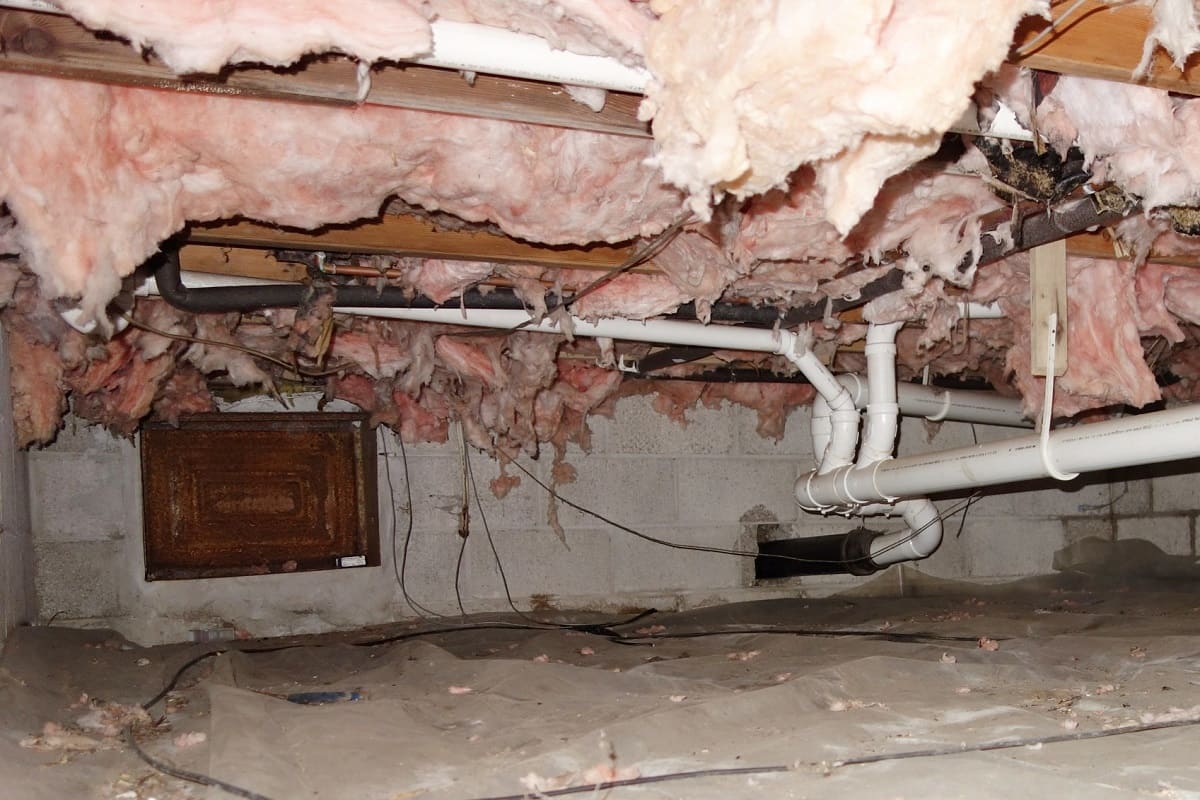
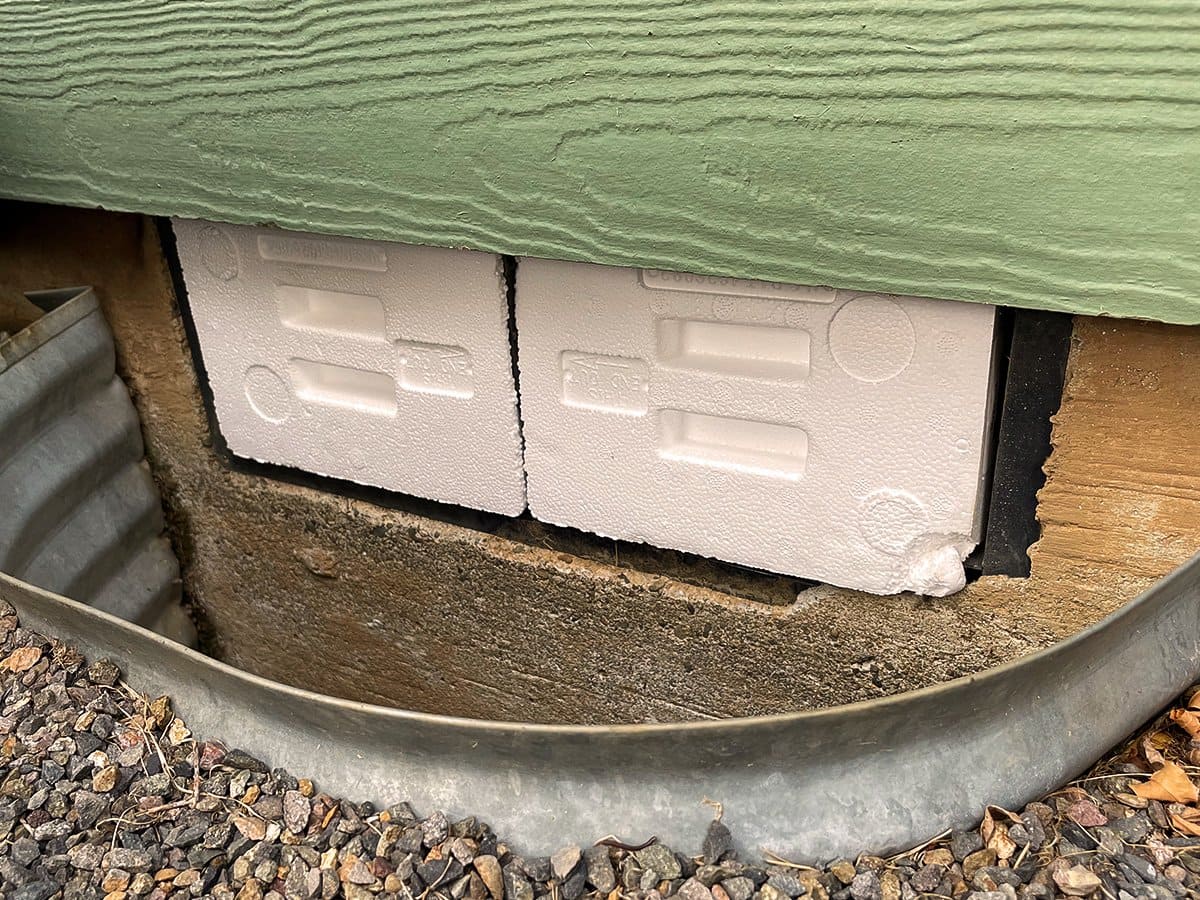
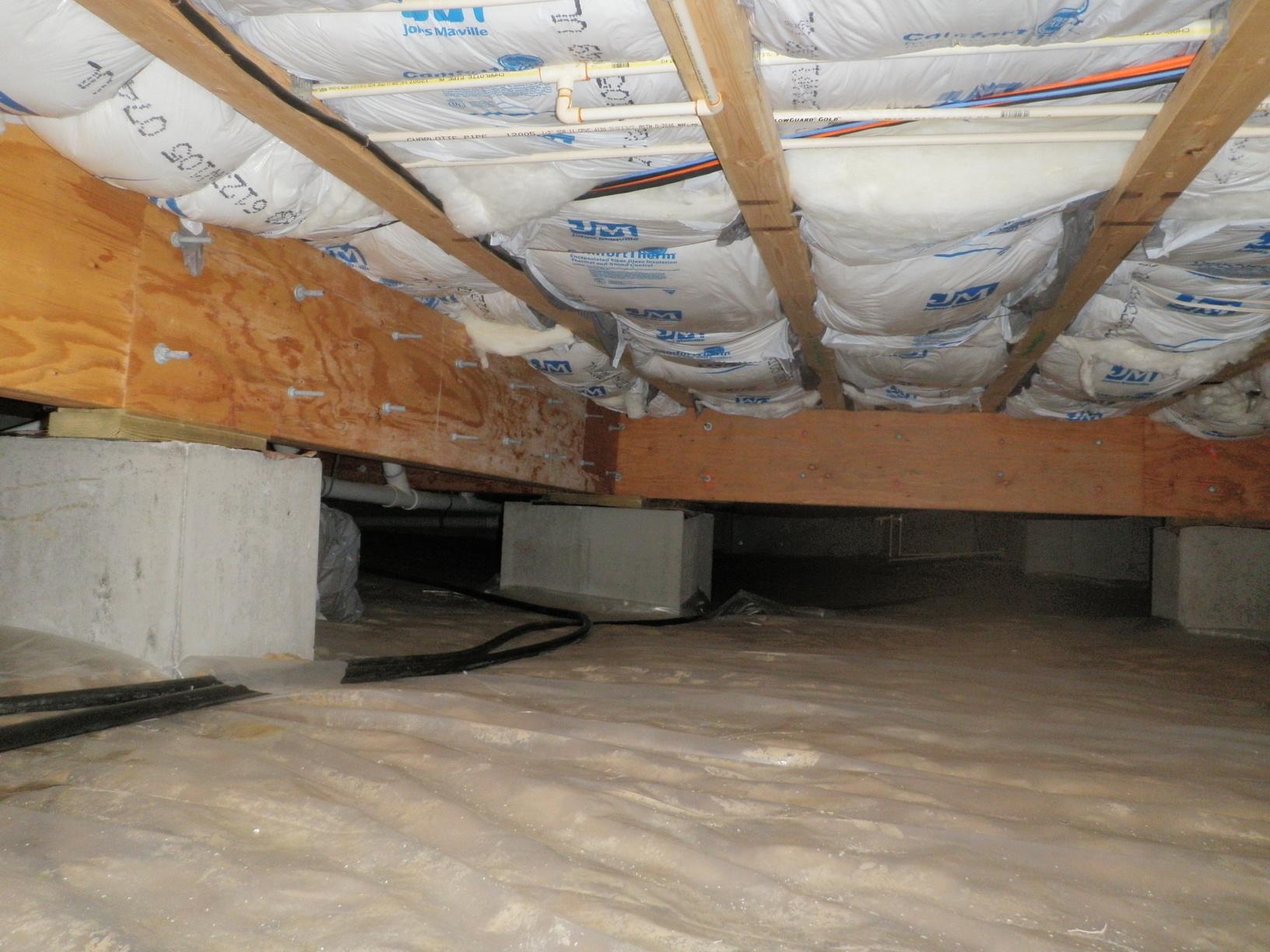
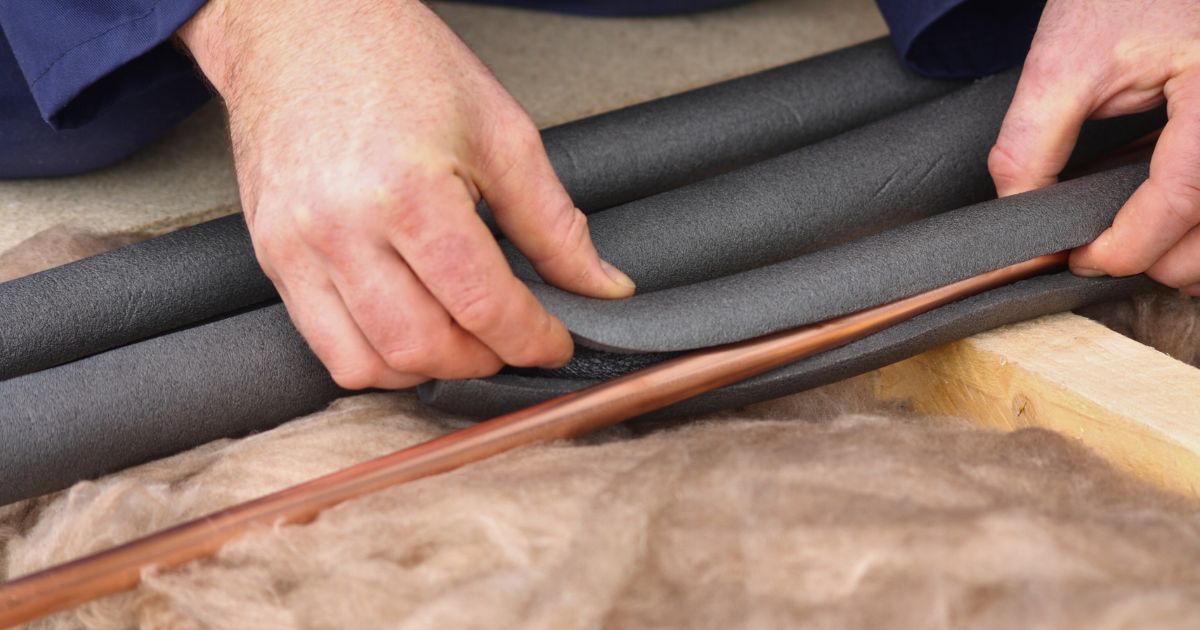
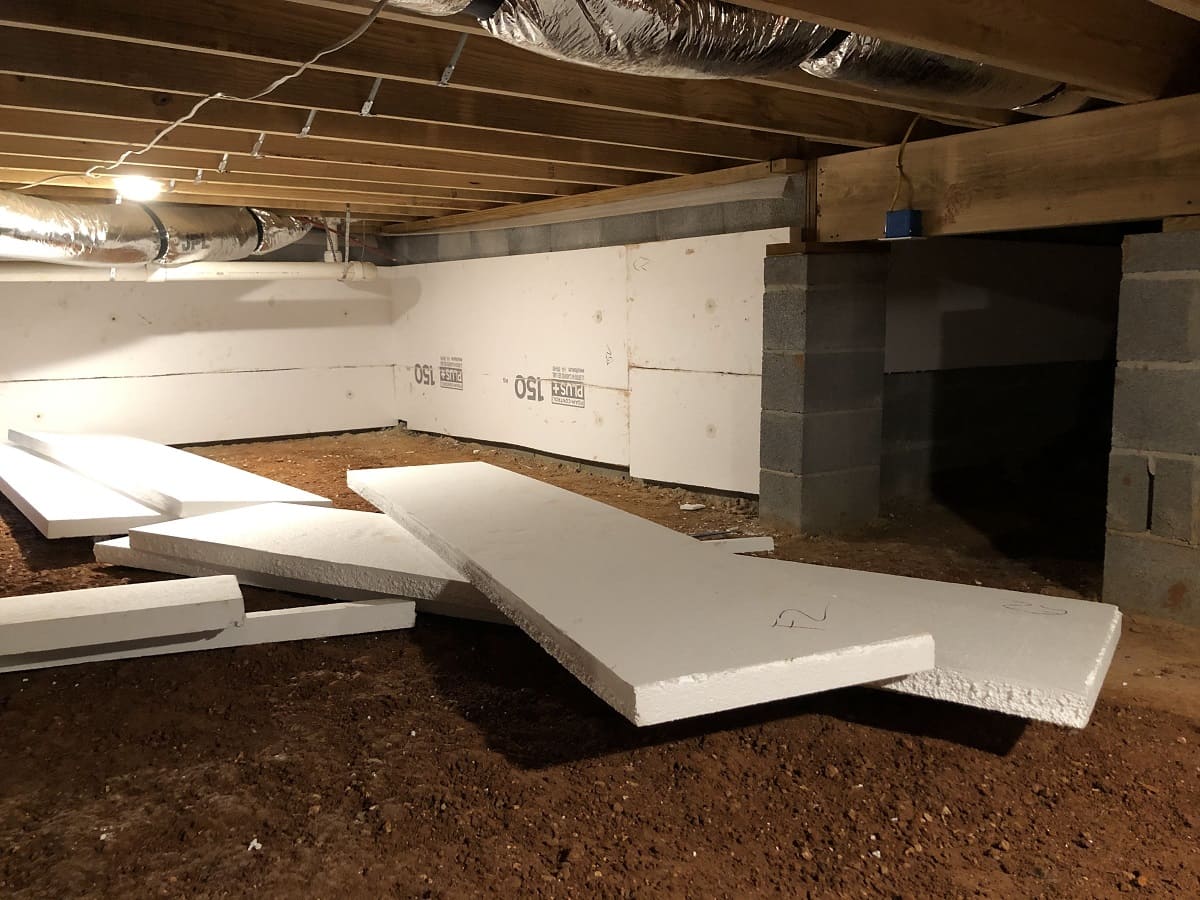
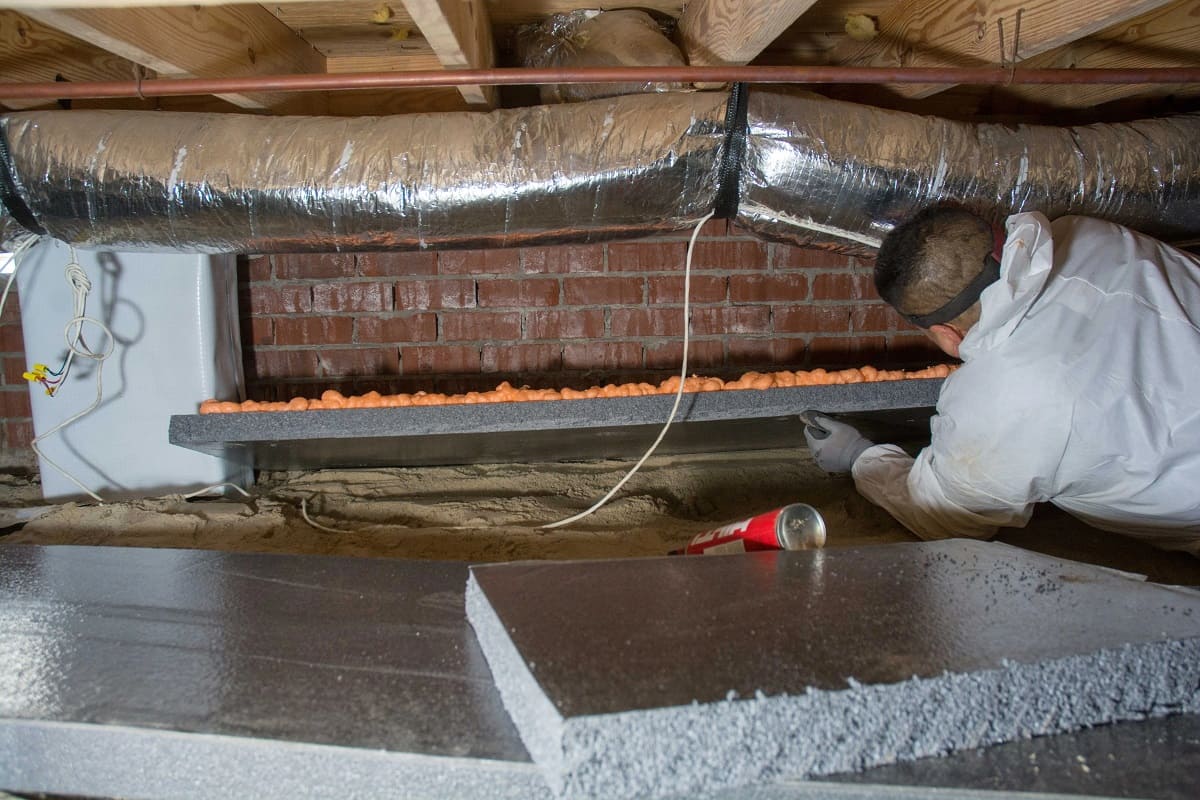
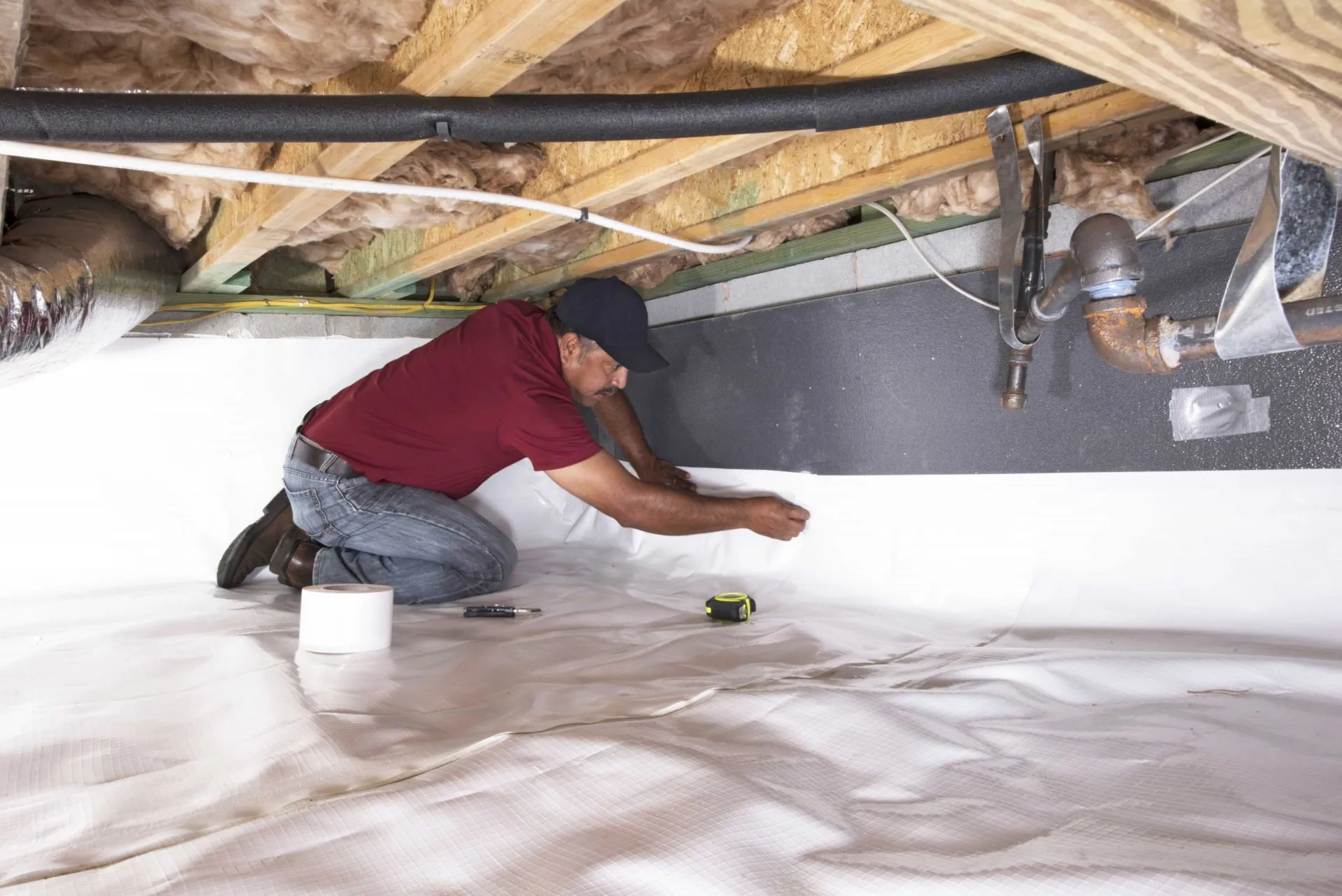
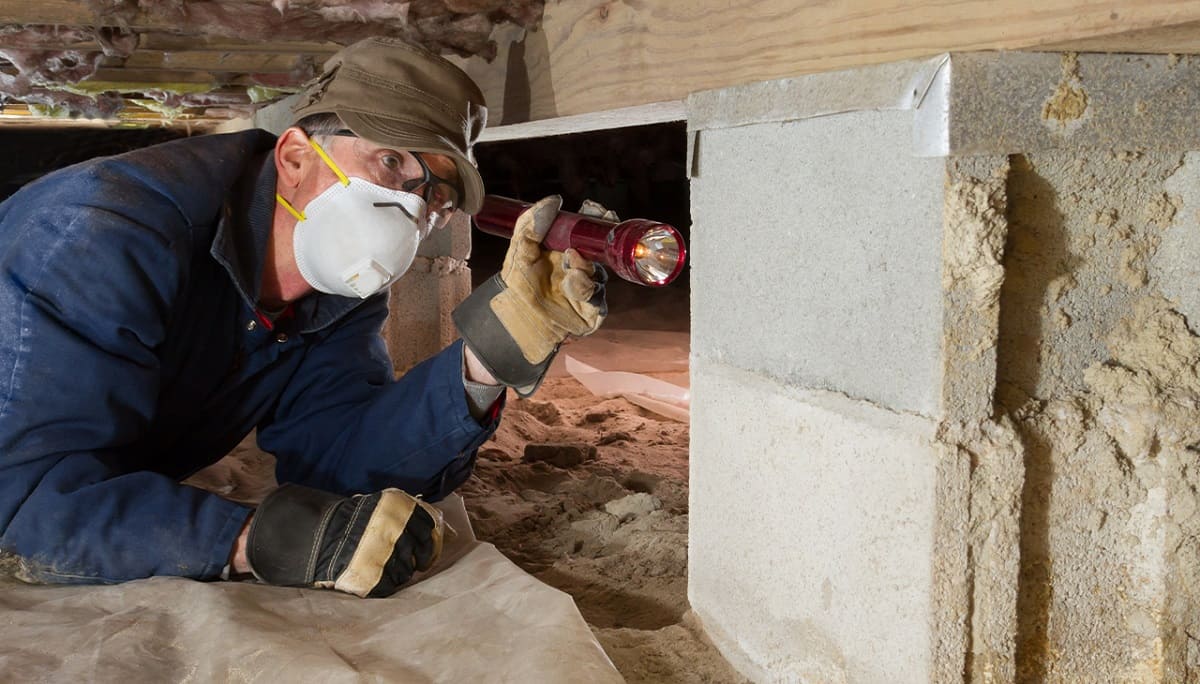
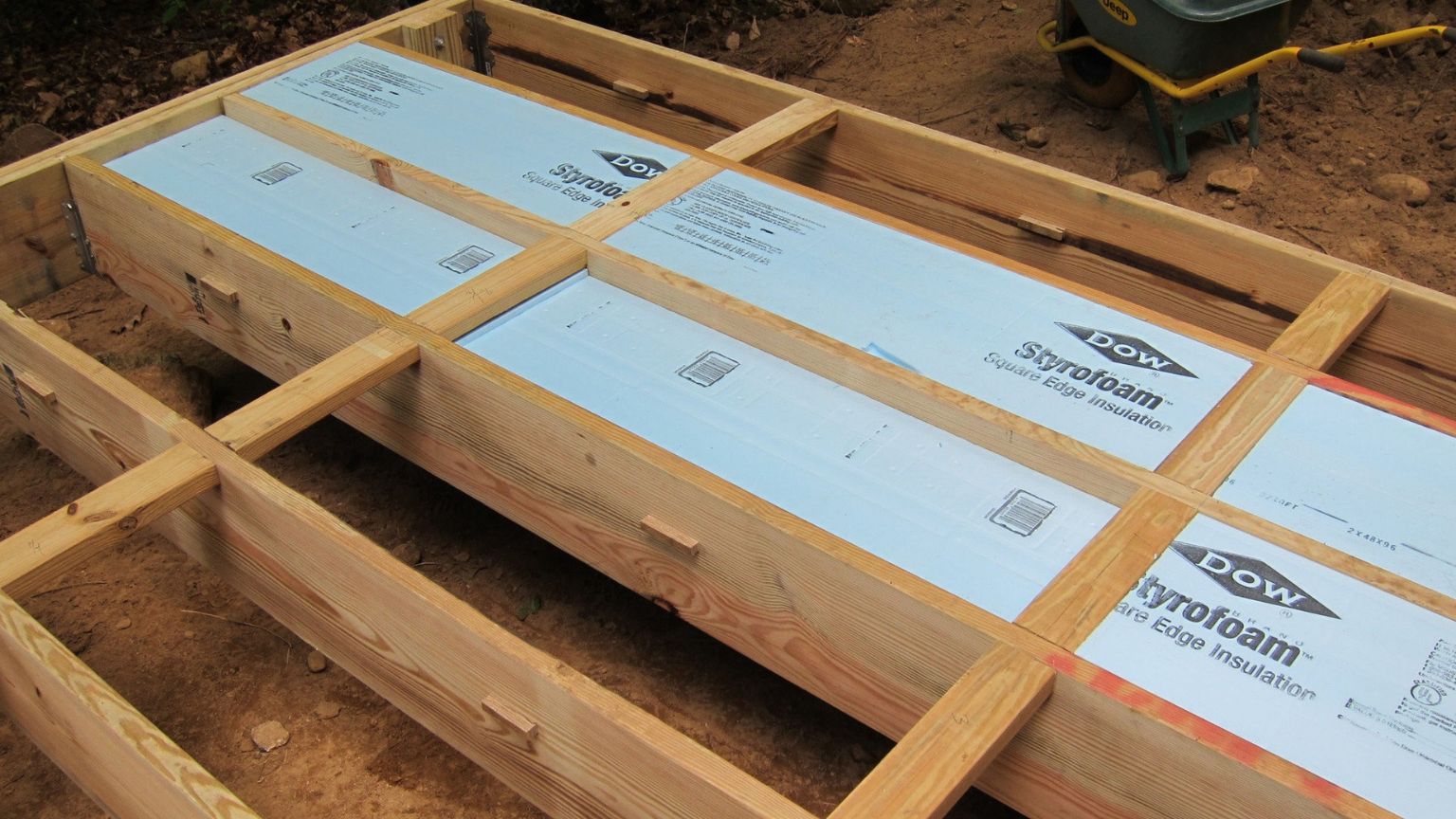
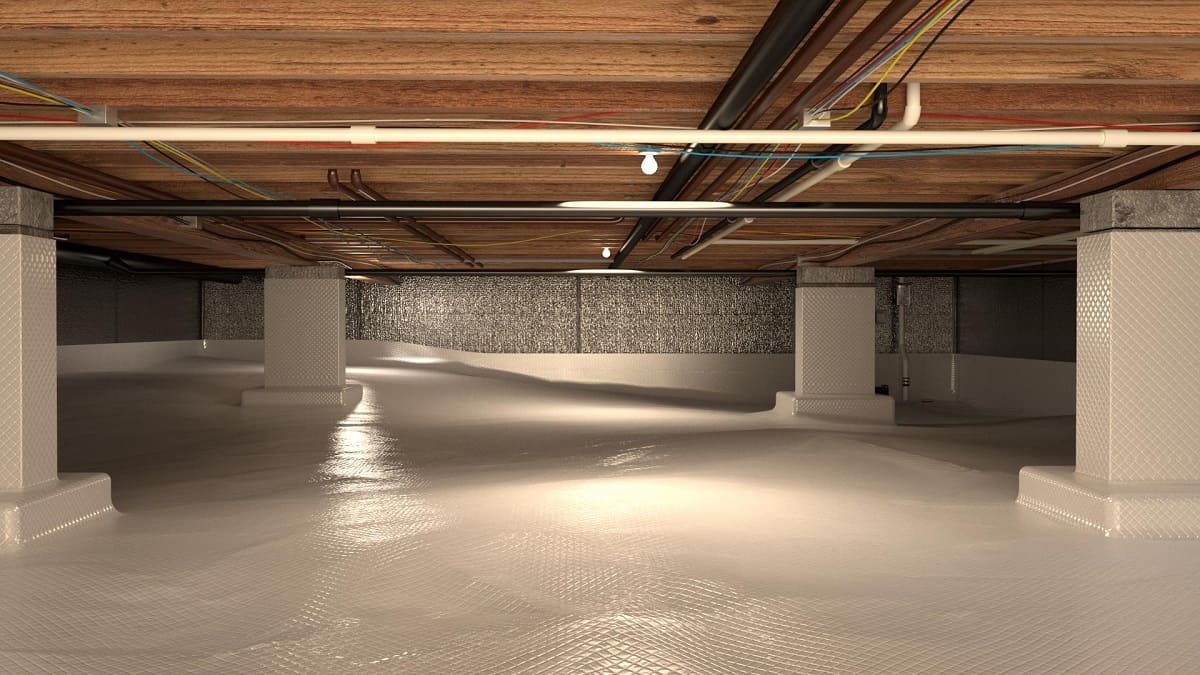
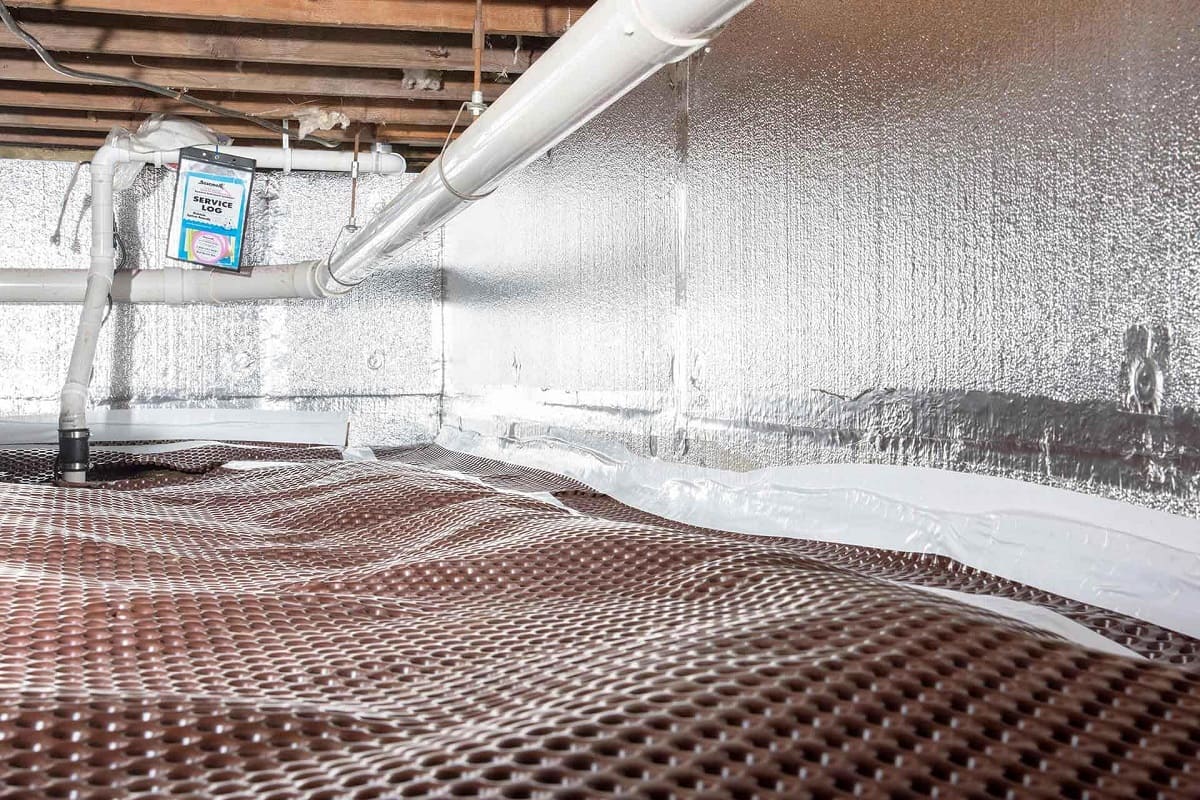
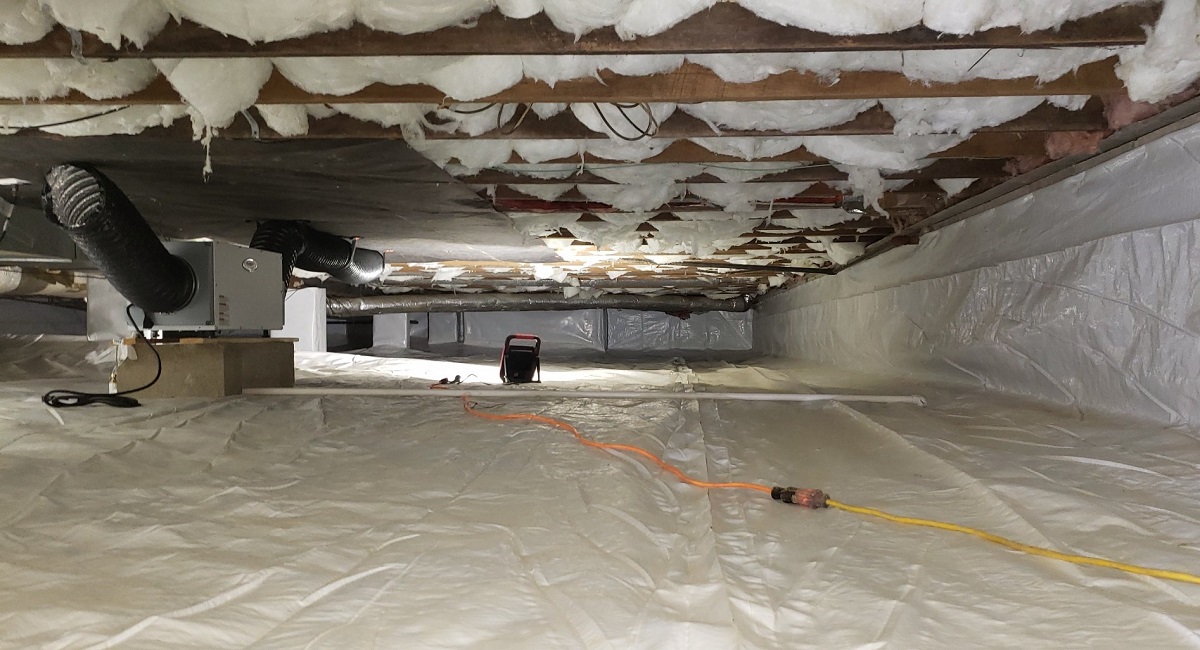

0 thoughts on “How To Insulate A Crawl Space Door”